Increasing Environmental Regulations
The remote automotive-exhaust-sensing market is significantly influenced by the tightening of environmental regulations in the United States. Regulatory bodies are imposing stricter emissions standards to combat air pollution and climate change. For instance, the EPA has set ambitious targets for reducing greenhouse gas emissions from vehicles, which necessitates the adoption of advanced exhaust sensing technologies. This regulatory pressure is compelling automotive manufacturers to invest in remote sensing solutions to ensure compliance and avoid hefty fines. The market is expected to witness a growth rate of around 8% annually as companies seek to align their operations with these regulations. Consequently, the demand for reliable and efficient remote automotive-exhaust-sensing technologies is likely to increase, driving innovation and market expansion.
Investment in Research and Development
Investment in research and development (R&D) is a critical driver for the remote automotive-exhaust-sensing market. As the automotive industry evolves, manufacturers are allocating substantial resources to develop innovative sensing technologies that meet emerging regulatory requirements. This focus on R&D is essential for creating advanced sensors that provide accurate and reliable emissions data. The market is likely to benefit from increased funding, with estimates suggesting that R&D expenditures in this sector could reach $1 billion by 2027. This investment is expected to foster innovation, leading to the development of next-generation sensing solutions that enhance the capabilities of remote automotive-exhaust-sensing technologies. Consequently, the commitment to R&D is poised to play a pivotal role in shaping the future of the market.
Integration of Smart Technologies in Vehicles
The integration of smart technologies in vehicles is reshaping the automotive landscape, thereby impacting the remote automotive-exhaust-sensing market. Features such as connected car technologies and telematics systems are increasingly being incorporated into modern vehicles. These technologies facilitate the collection and transmission of exhaust data in real-time, enhancing the overall efficiency of emissions monitoring. The market is projected to grow as automotive manufacturers recognize the value of integrating remote sensing capabilities with smart technologies. This integration not only improves compliance with emissions regulations but also enhances vehicle performance and consumer satisfaction. Analysts estimate that the market could expand by 12% over the next few years, driven by the growing trend of smart vehicle technologies.
Technological Advancements in Sensing Technologies
The remote automotive-exhaust-sensing market is experiencing a surge in technological advancements, particularly in sensor technologies. Innovations such as laser-based and infrared sensors are enhancing the accuracy and reliability of emissions measurements. These advancements are crucial as they enable real-time data collection and analysis, which is increasingly demanded by regulatory bodies. The market is projected to grow at a CAGR of approximately 10% over the next five years, driven by these technological improvements. Furthermore, the integration of artificial intelligence in data processing is likely to provide deeper insights into vehicle emissions, thereby supporting compliance with stringent environmental regulations. As a result, manufacturers are investing heavily in R&D to develop more sophisticated sensing solutions, which is expected to propel the remote automotive-exhaust-sensing market forward.
Growing Consumer Awareness and Demand for Sustainability
Consumer awareness regarding environmental issues is on the rise, leading to increased demand for sustainable automotive solutions. The remote automotive-exhaust-sensing market is benefiting from this trend as consumers are becoming more conscious of vehicle emissions and their impact on air quality. This shift in consumer behavior is prompting manufacturers to adopt advanced sensing technologies to demonstrate their commitment to sustainability. Market Research Future indicates that approximately 70% of consumers are willing to pay a premium for vehicles equipped with technologies that reduce emissions. As a result, automotive companies are prioritizing the integration of remote sensing solutions in their vehicles, which is likely to drive growth in the remote automotive-exhaust-sensing market. This trend reflects a broader societal shift towards sustainability and environmental responsibility.

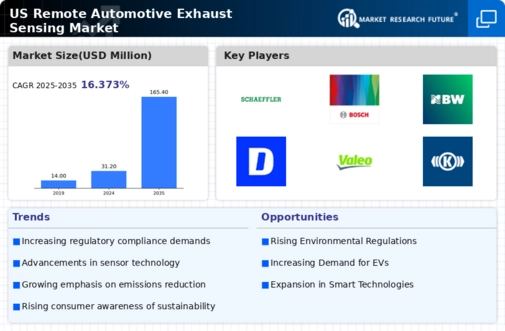
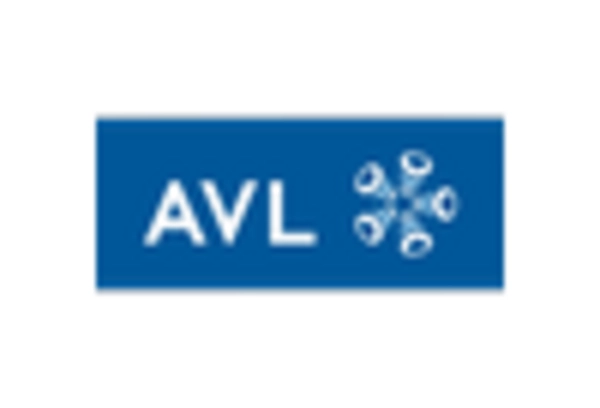
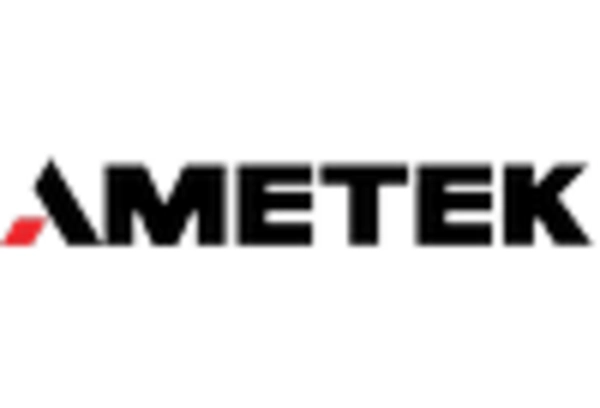
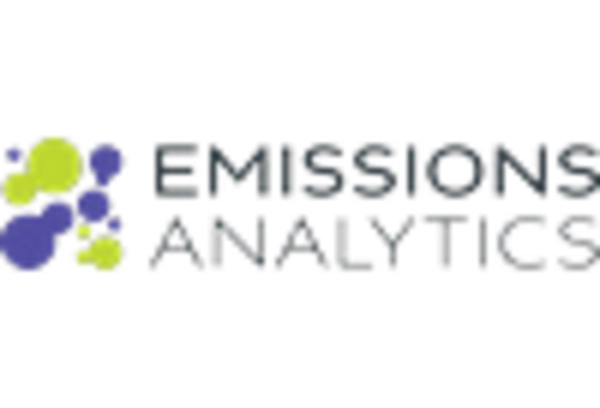
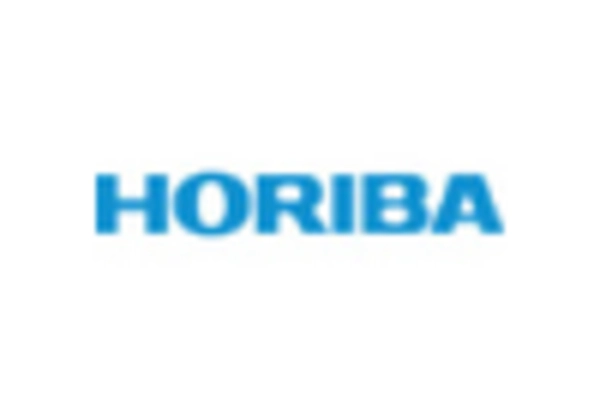
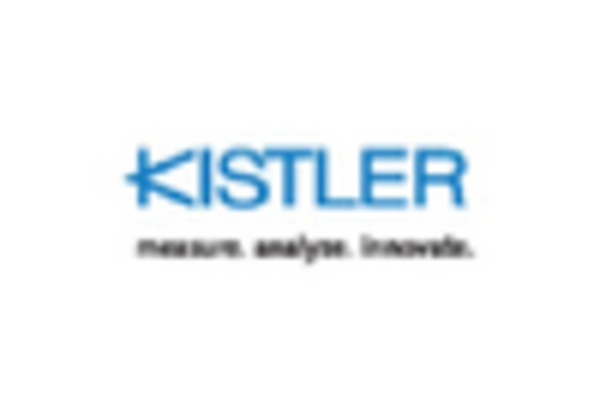









Leave a Comment